Visiting Japan for the first time? Excited to try sushi, ramen, or maybe a traditional kaiseki meal?
Japan is famous not only for its delicious cuisine, but also for its deep-rooted dining etiquette. From how to use chopsticks to what to say before eating, there are many unspoken rules that can feel overwhelming for first-time visitors.
But don’t worry — in this guide, we’ll walk you through everything you need to know about eating out in Japan. With a few simple tips, you’ll avoid common mistakes and enjoy your meal like a local.
apanese Restaurant Culture: What Makes It Unique?
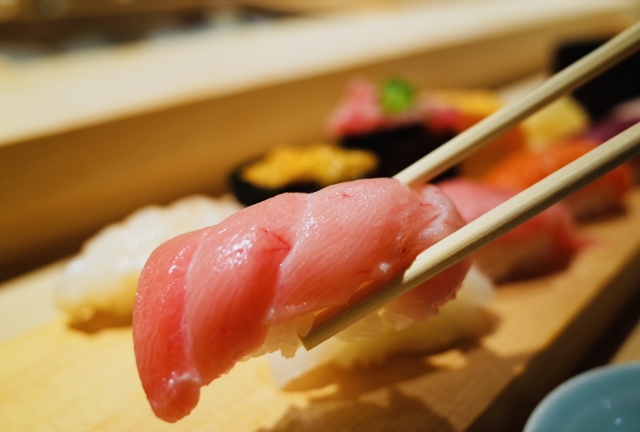
Japanese restaurants offer a unique experience that reflects the country’s culture of hospitality, cleanliness, and respect. Understanding a few basics can help you feel more comfortable and confident when dining out.
Removing Your Shoes at Some Restaurants
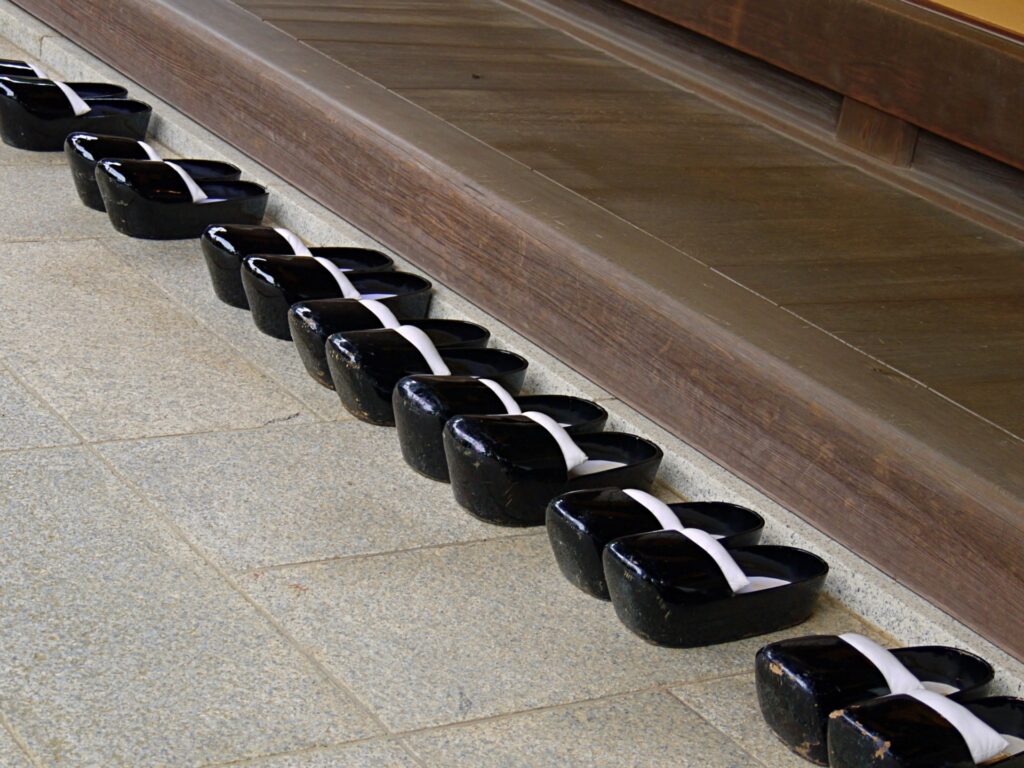
In some traditional restaurants — especially those with tatami mat floors — you may be asked to remove your shoes before entering the dining area. There’s often a designated space near the entrance for this, with slippers provided by the staff.
Tip: If you’re unsure whether to take off your shoes, observe what others are doing or ask the staff politely.
Complimentary Water and “Otoshi” Service

In Japan, it’s common to receive a free glass of cold water or tea as soon as you’re seated — no need to ask or order. It’s a small but appreciated gesture of hospitality.
At izakayas (Japanese-style pubs), you may also receive a small appetizer called otoshi. This is a customary cover charge and not something you specifically order. It’s considered part of the dining experience and usually costs a few hundred yen.
Basic Table Manners in Japan
Dining in Japan isn’t just about enjoying great food — it’s also about showing respect. Table manners are seen as a reflection of character, and while locals are often forgiving toward tourists, making an effort goes a long way.
Chopstick Etiquette: Do’s and Don’ts
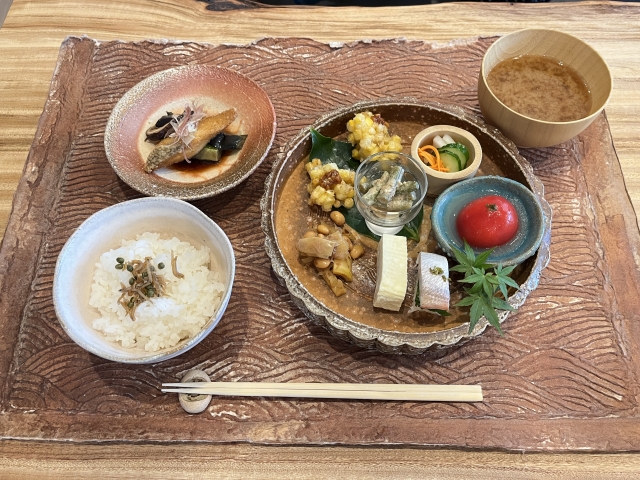
Chopsticks aren’t just utensils in Japan — they carry cultural meaning. Misusing them can come off as rude or even offensive. Here are some common mistakes to avoid:
- Sashi-bashi (Stabbing food): Don’t stab food with your chopsticks. It looks childish and is considered bad manners.
- Tate-bashi (Chopsticks standing in rice): Never stick chopsticks upright into a bowl of rice — this resembles a ritual at funerals.
- Hashi-watashi (Passing food chopstick to chopstick): Don’t pass food directly from one pair of chopsticks to another — another funeral-related gesture.
💡 Tip: If you’re unsure what to do with your chopsticks when you’re not using them, simply place them neatly on the chopstick rest or on the side of your plate.
Is Slurping Okay? Absolutely — for Noodles!
In many Western countries, making noise while eating is seen as impolite. But in Japan, slurping noodles is completely acceptable — and even encouraged!
Slurping your ramen, soba, or udon shows you’re enjoying the food. It also helps cool the noodles and enhances the flavor through aeration.
However, this rule doesn’t apply to all foods. Quiet eating is expected with items like rice, meat, or soup. Use common sense, and when in doubt, watch what locals are doing.
Useful Phrases for Japanese Restaurants
(Japanese table manners phrases / Japanese restaurant greeting)
Even if you don’t speak Japanese, learning a few simple phrases can make your dining experience much smoother and more enjoyable. Locals appreciate the effort, and it helps avoid confusion when ordering or interacting with staff.
“Itadakimasu” – Before You Eat
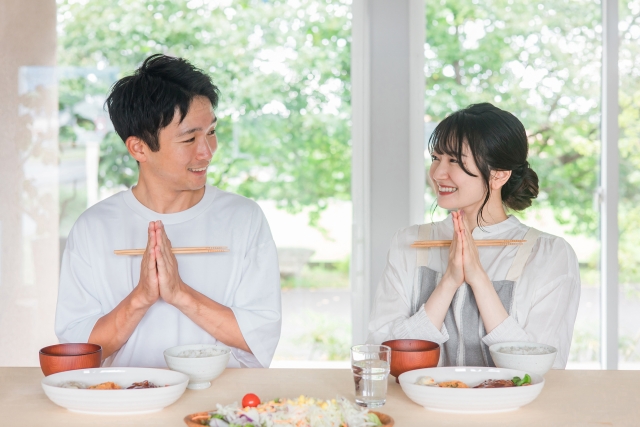
Before starting a meal in Japan, it’s customary to say “Itadakimasu” (いただきます). This phrase roughly means “I humbly receive,” and expresses gratitude for the food, the chef, and those who prepared it.
You don’t need to say it loudly — just a quiet, sincere “itadakimasu” before picking up your chopsticks is enough. It’s a small gesture that shows respect and mindfulness.
“Gochisousama” – After You Finish
After you finish your meal, say “Gochisousama deshita” (ごちそうさまでした). This means “Thank you for the meal,” and is used to show appreciation to the chef, staff, or even your host.
Saying it while standing up from your seat, or as you leave the restaurant, is a great way to end your meal on a positive note.
Common Phrases You Might Hear or Use
| Phrase | Meaning | When to Use |
|---|---|---|
| いらっしゃいませ (Irasshaimase) | “Welcome!” | When you enter a restaurant (staff says this) |
| すみません (Sumimasen) | “Excuse me” / “Sorry” | To get the waiter’s attention |
| 〜をください (~ wo kudasai) | “I’d like ~ please” | When ordering food or drinks |
| お会計お願いします (O-kaikei onegaishimasu) | “The check, please” | When you’re ready to pay |
Even just saying “sumimasen” with a smile goes a long way — it’s the most useful and polite catch-all expression in Japanese dining!
omfortable using them, yes, you can absolutely ask for a fork.
How to Ask for a Fork Politely
Most restaurants, especially those in big cities or tourist areas, keep a few forks on hand for guests who need them. You can simply say:
“Fōku wa arimasu ka?”
(Do you have a fork?)
Or more politely:
“Fōku o onegaishimasu.”
(May I have a fork, please?)
It’s totally okay to ask, and staff will usually respond kindly — especially if you ask with a smile.
When It’s More Appropriate
While high-end traditional restaurants (kaiseki) might not have forks readily available, most casual spots — ramen shops, family restaurants, or cafes — will. If you’re dining with kids, asking for a fork or spoon is even expected.
💡 Pro tip: Some restaurants may also have pictogram menus or English translations. If you really struggle, pointing to your food and miming “fork” with your hands usually gets the point across!
How to Order at a Japanese Restaurant
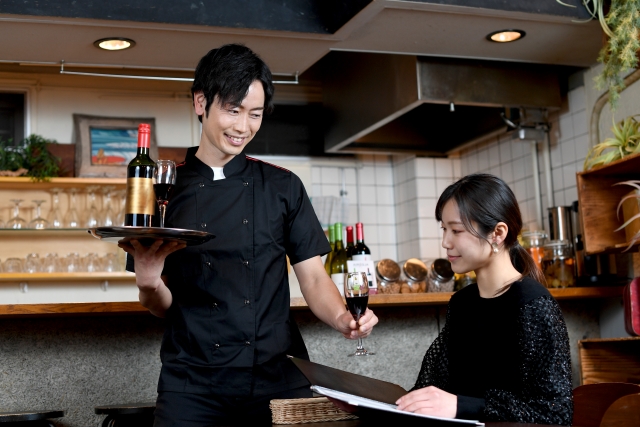
(How to order at a Japanese restaurant)
Ordering food in Japan may feel intimidating at first — especially if there’s a language barrier. But don’t worry. Japanese restaurants are generally welcoming, and with a few simple tips, ordering becomes easy and even fun.
Step 1: Getting the Waiter’s Attention
In Japan, waiters don’t usually come to your table unless you call them. It’s totally normal (and polite!) to raise your hand slightly and say:
“Sumimasen!”
(Excuse me!)
This is the standard way to call for service — whether you’re ready to order, need more water, or want the bill.
In some restaurants, especially izakayas or chain eateries, you may find a button on the table that rings for service.
Step 2: Ordering Your Food
If there’s a picture menu, point to the item and say:
“Kore o kudasai.”
(I’ll have this, please.)
If there’s no picture, you can try reading from the menu or simply ask, “Do you have an English menu?”
Many restaurants in tourist areas now offer this.
For drinks or extras, just add:
“Beer o kudasai.”
(Beer, please.)
or
“Water, onegaishimasu.”
(Water, please.)
Step 3: Paying the Bill
In many Japanese restaurants, you don’t pay at the table. Instead, the server will bring a small paper bill or tray. Bring it to the register near the entrance when you’re done.
To ask for the bill, say:
“O-kaikei onegaishimasu.”
(Check, please.)
💡 Tip: No tipping is necessary in Japan — we’ll cover that in the next section.
General Dining Etiquette in Japan
(Dining Etiquette / Japan etiquette)
Beyond table manners and ordering, there are a few unspoken rules and cultural customs that make dining in Japan unique. Understanding these will help you blend in, show respect, and enjoy your meal without stress.
Don’t Pay at the Table
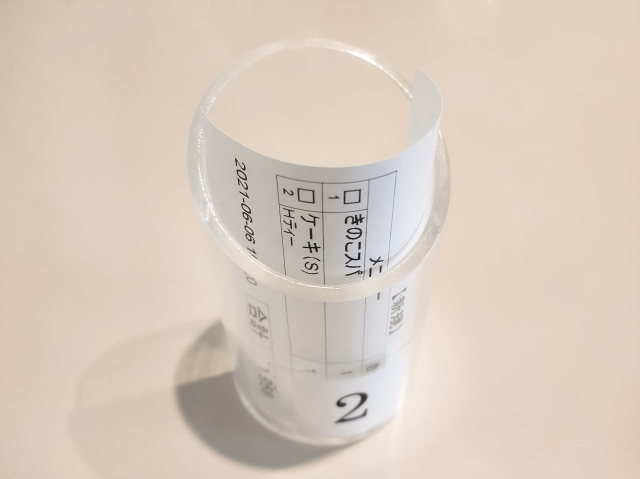
As mentioned earlier, most restaurants in Japan expect you to bring your bill to the register near the entrance. Simply pick up the small paper or tray left on your table and take it to the cashier.
You usually don’t need to calculate anything — just hand over the bill, and the staff will do the math.
No Tipping – Really!
One of the most surprising things for visitors: there’s no tipping in Japan.
Leaving money on the table might confuse or even embarrass staff. Great service is simply part of the job, and pride is taken in doing it well — no extra charge needed.
If you want to show appreciation, a sincere “gochisousama deshita” and a smile go a long way.
Conclusion: Enjoy Your Meal Like a Local
Eating out in Japan is more than just satisfying your hunger — it’s a chance to experience a deep part of Japanese culture. With just a bit of awareness about local etiquette, you’ll enjoy smoother interactions, better service, and more meaningful meals.
Whether you’re slurping ramen, saying “itadakimasu,” or just remembering not to tip, these little acts of respect make your trip even more memorable.